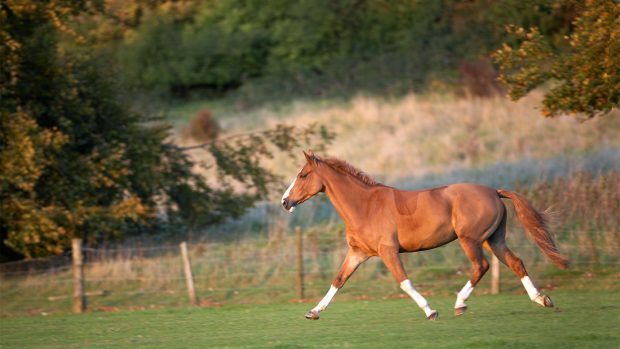Q: Almost two years ago, my seven-year-old 14.2hh Arab X Welsh mare was diagnosed as having ringbone in her off foreleg due to conformation problems. Her stride has shortened and even on bute she is becoming more uneven in trot, uncomfortable in canter and finds walking downhill difficult.
Could you please tell me more about this condition. Is my mare likely to return to soundness?
Vet Harvey Carruthers replies: Ringbone is a common cause of lameness and often affects the pastern and coffin joints of each limb.
The condition could have beencaused by a direct blow to the joint, underlying bone disease, infection or concussion transmitted up through the limb.
If the area of the pastern joint is affected, it is classed as high ringbone, and if the coffin joint area is affected it is referred to as low ringbone. High ringbone is more common.
Articular or “true” ringbone occurs around a joint and is usually genetic in origin. Peri-articular, or “false” ringbone, occurs at a distance from the joint.
A horse with a very upright conformation is more susceptible to concussion transmitted up the limb. Ringbone can also result from exercising on hard work surfaces.
The symptoms of ringbone appear as inflammation around the collateral ligaments of the joints. The initial inflammation induces lameness and the degree of lameness gives an indication of the extent to which the inflammatory process has developed.
The inflammatory process leads to the deposition of bone around the affected joint and, if a horse has articular ringbone, the joint surfaces may become eroded.
While bute or other anti-inflammatory drugs may initially reduce the lameness, full recovery is not very common.
It is possible for affected joints to fuse, as bone deposition increases, and for lameness to resolve to various degrees. For this to happen horses require complete rest – field rest is acceptable.
Other treatments have included injections of steroids into the affected joints.
It is important to note that treatment has had very mixed success and, if the diagnosis is correct, be prepared for the fact that your mare may be unable to return to full work. I advise you seek further advice from your vet.




